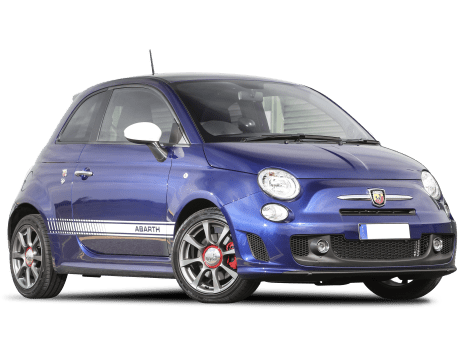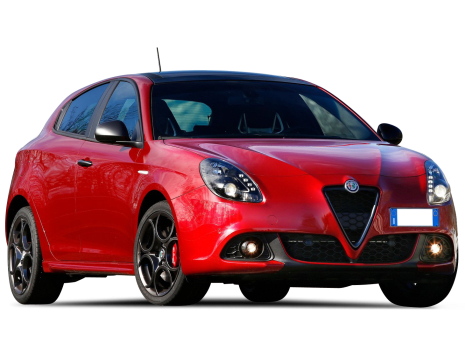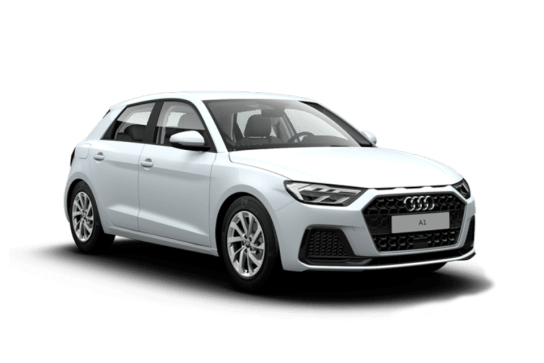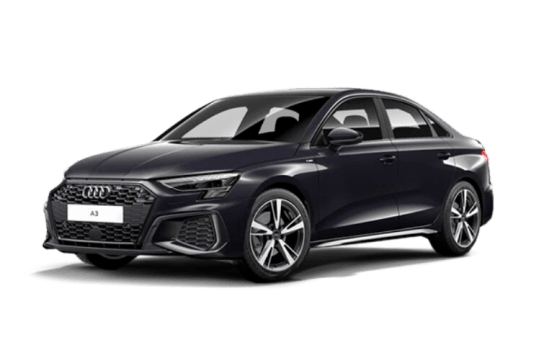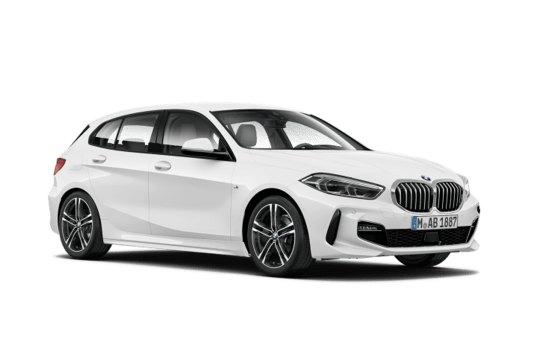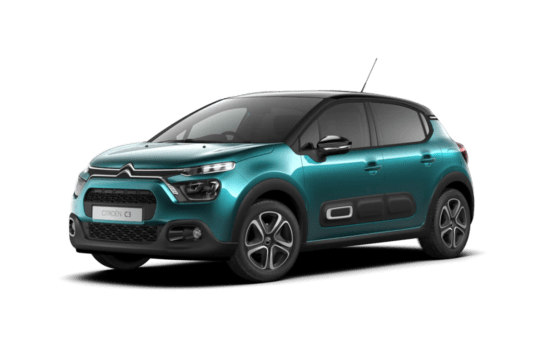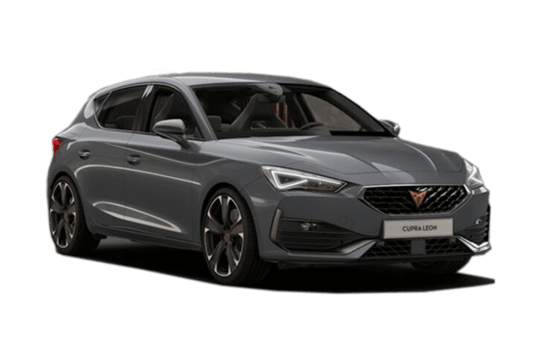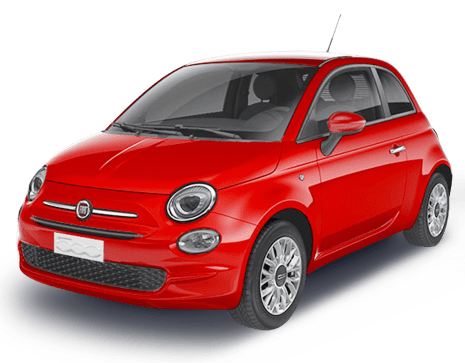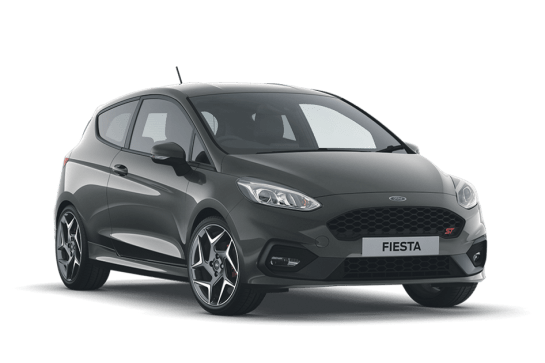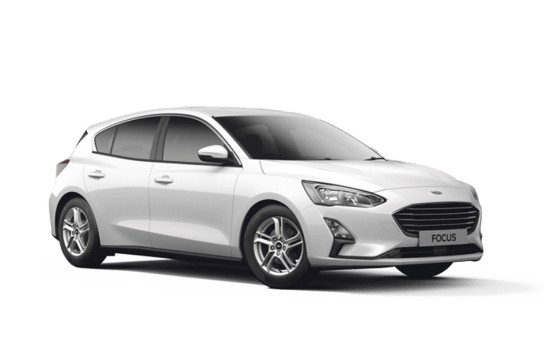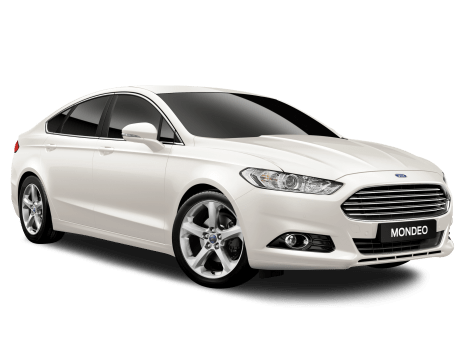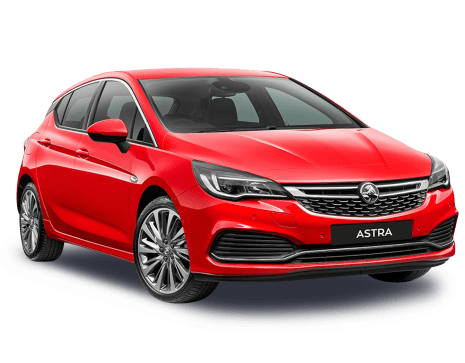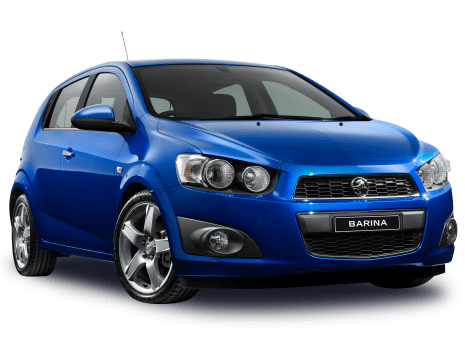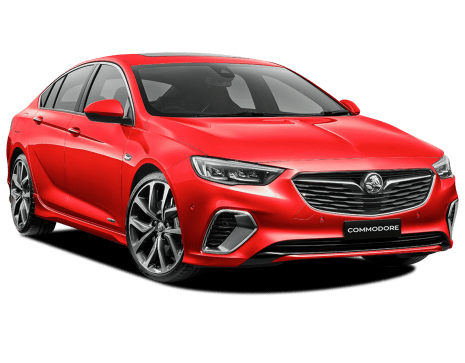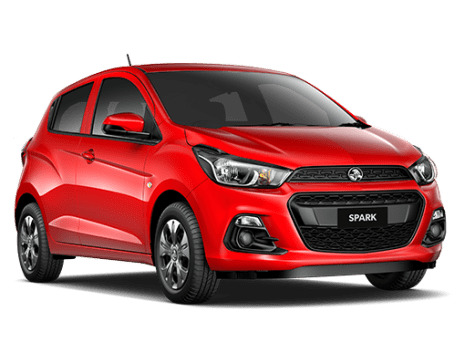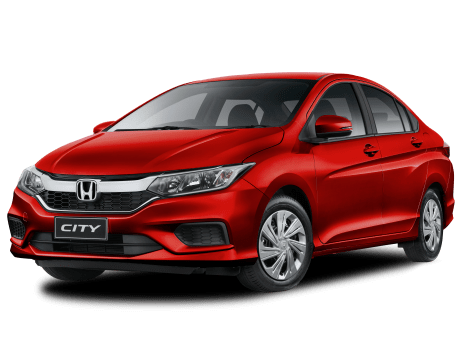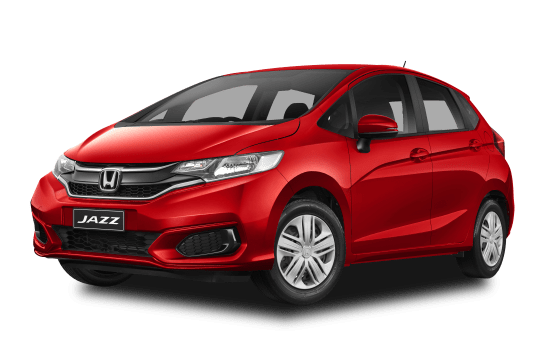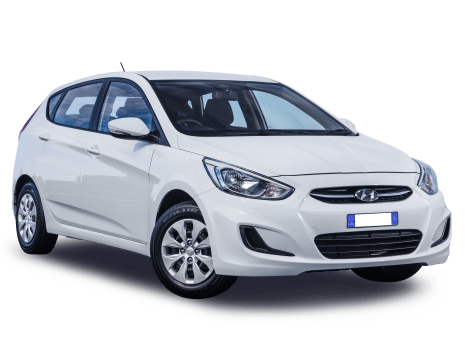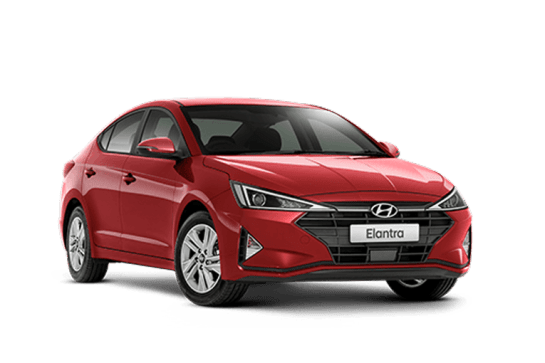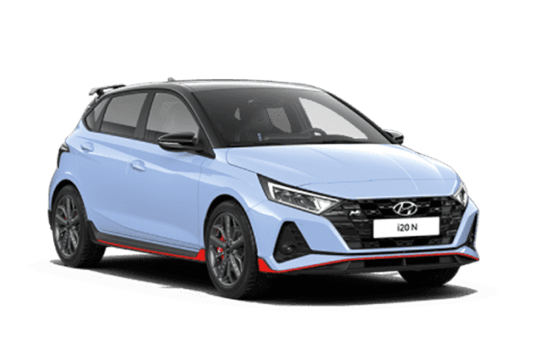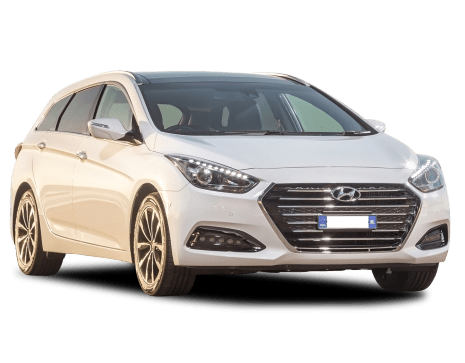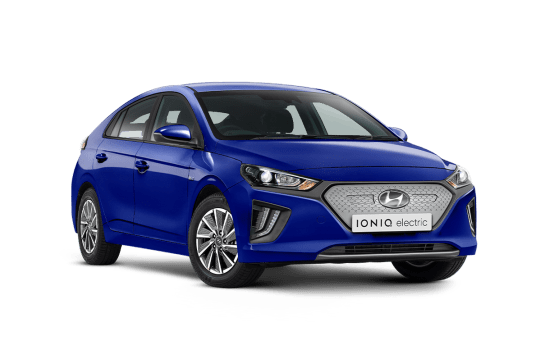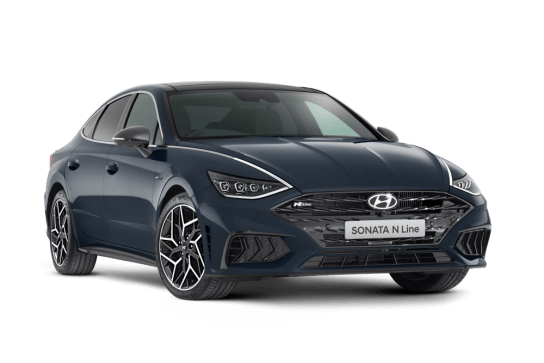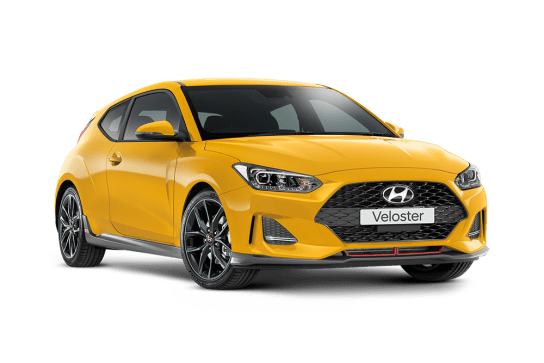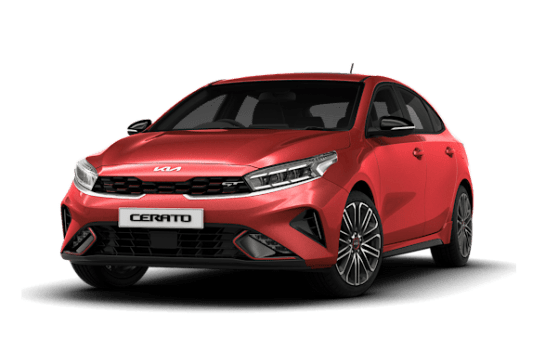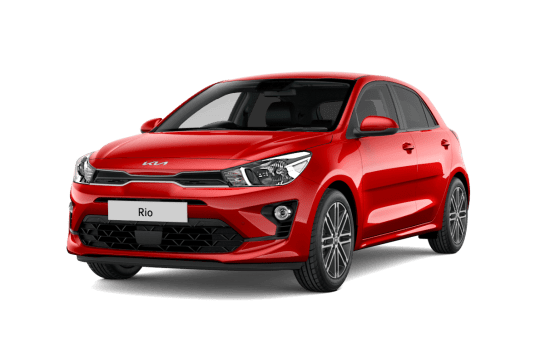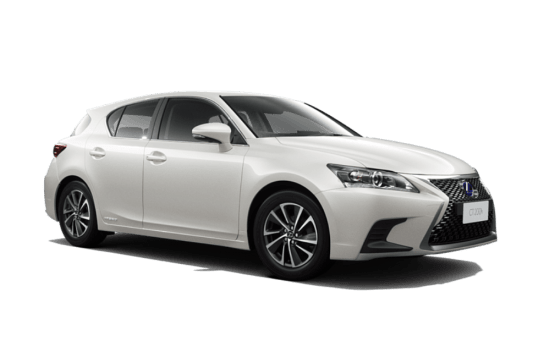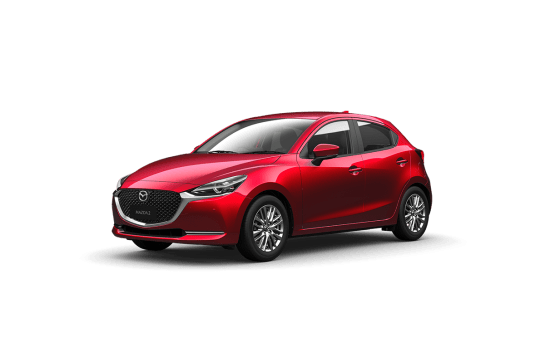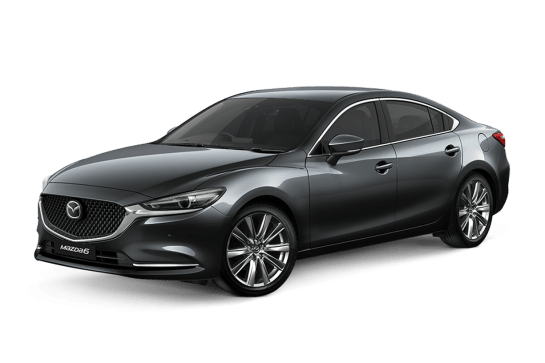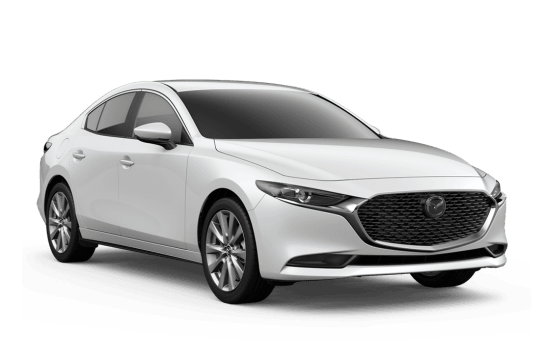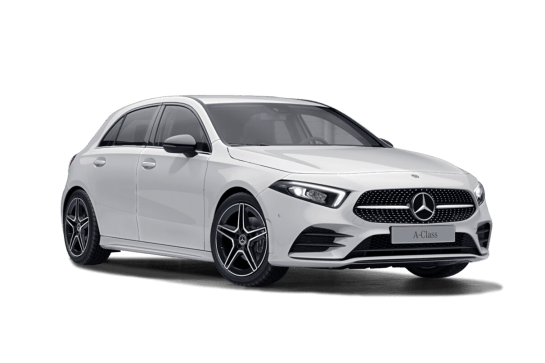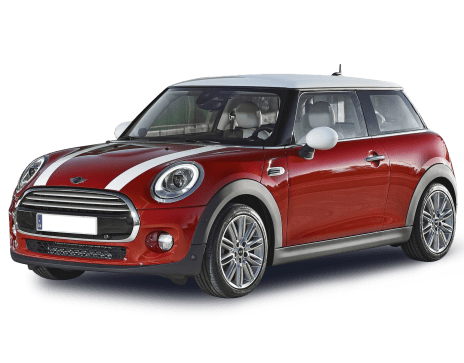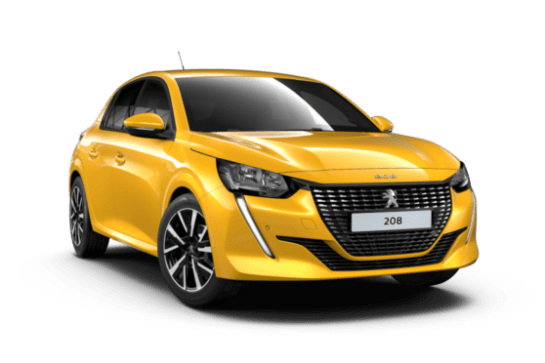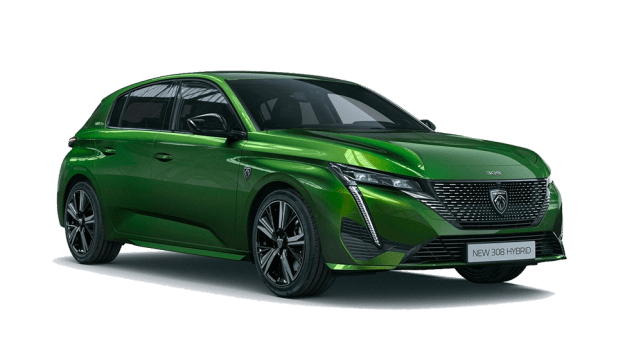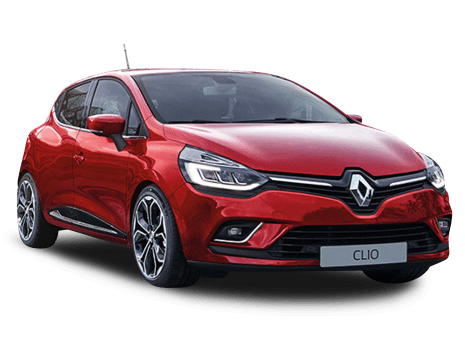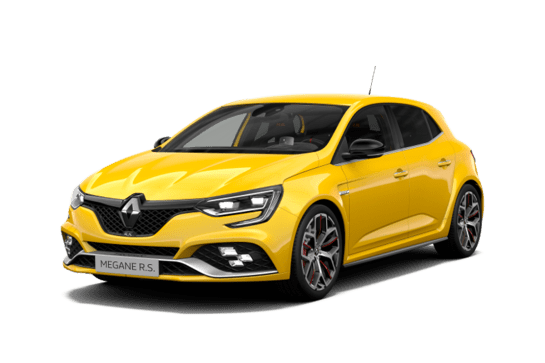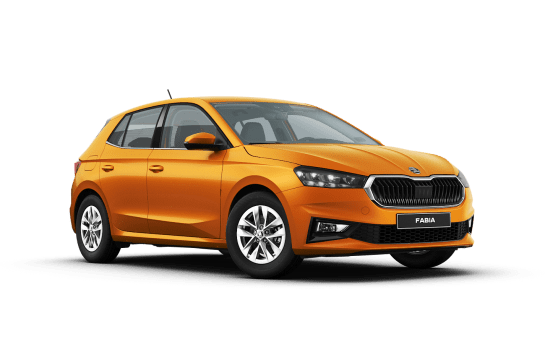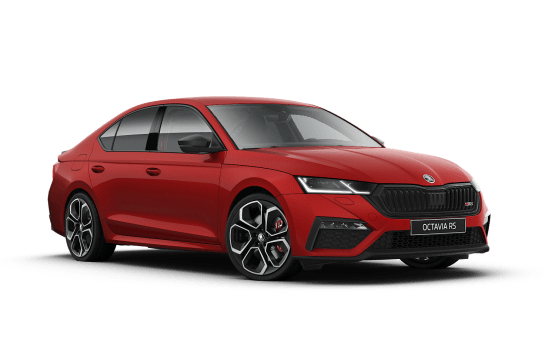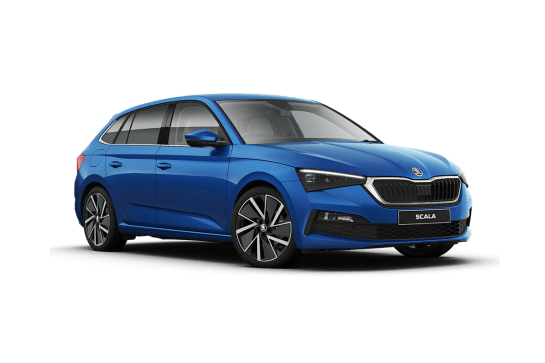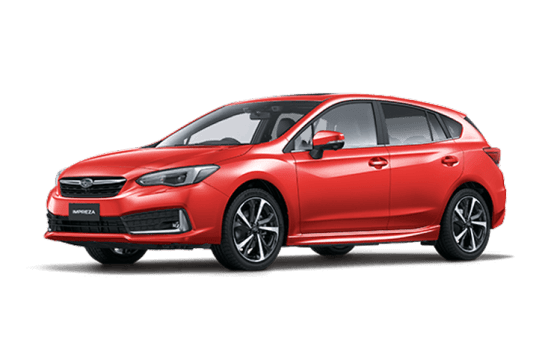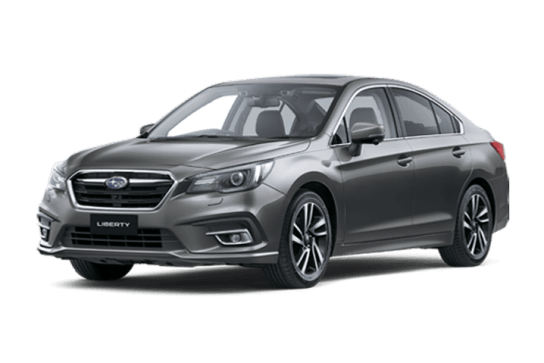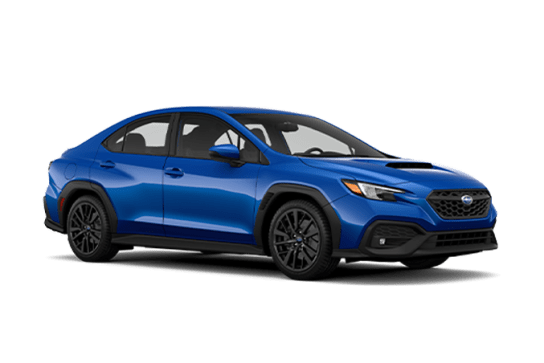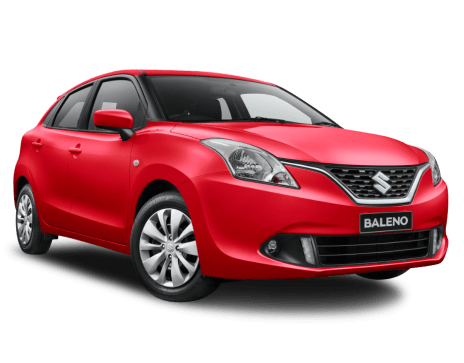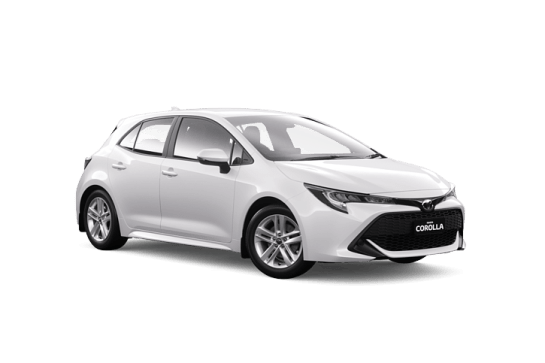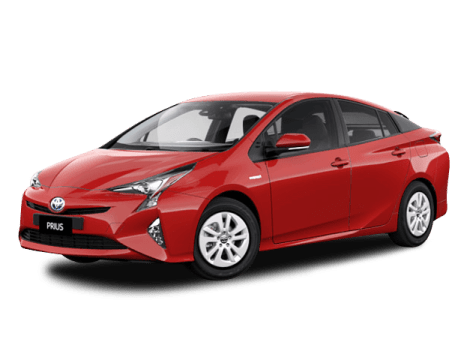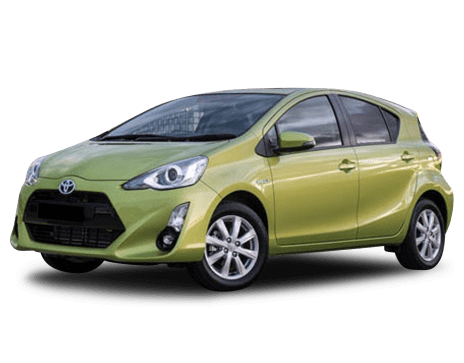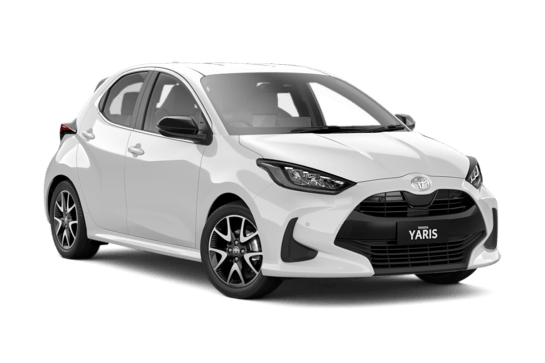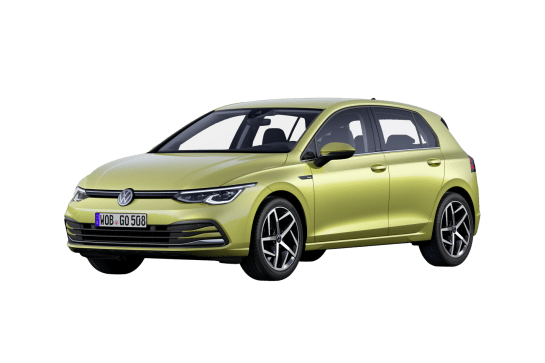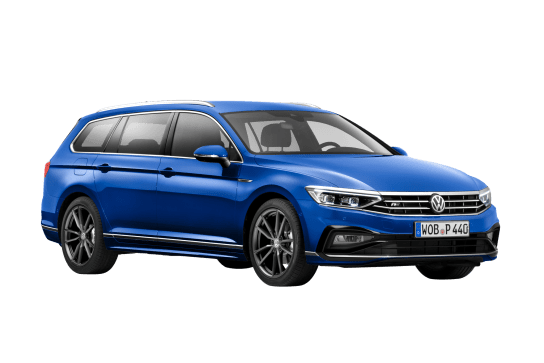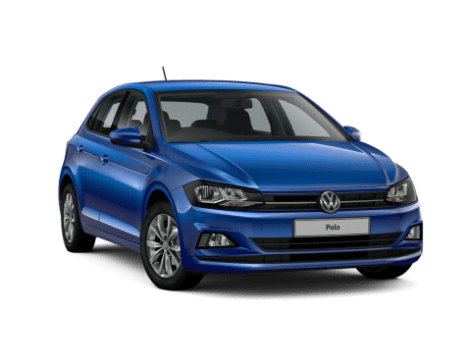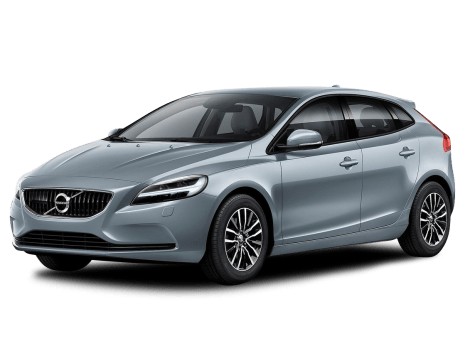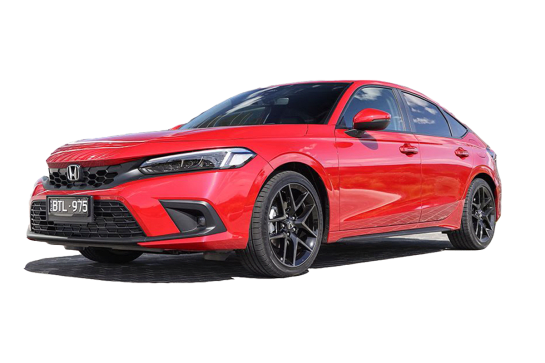
Honda Civic VS Cupra Leon
Honda Civic
Likes
- Great interior
- Lovely chassis
- Excellent engine
Dislikes
- Missing some safety gear
- Tight access to boot space
- Old media software
Cupra Leon
Likes
- Handsome styling inside and out
- Combines elements of EV and sporty hatch
- Appealing interior packaging
Dislikes
- Infuriating multimedia system
- Expensive
- PHEV-related limited boot space
Summary
Honda Civic
The Honda Civic's 10th generation is drawing to an end. Well, I say that, but there's still a pretty solid chance that the 11th generation won't quite be here this time next year.
I make the point because we've already seen a "prototype" for series 11 of the Honda Civic Story, but also because we won't actually get the car we've seen – the sedan. Just 20 per cent of Civic sales go to the booted version and then you have to merge that data with the rise of SUVs, both with Honda buyers and the market at large.
Things is, I think the sedan is the better of two for a variety of reasons which I will explain below. I also think the Civic, despite its advancing "age" (four years isn't really that long in the current climate) is still a fairly sensible choice among its peers, which include some serious competition.
| Safety rating | |
|---|---|
| Engine Type | 1.5L turbo |
| Fuel Type | Regular Unleaded Petrol |
| Fuel Efficiency | 6L/100km |
| Seating | 5 seats |
Cupra Leon
Behold the beautiful Cupra Leon VZe.
Like its name and multimedia screen, this enigmatic hatchback needs some decoding to make sense to Australians.
Essentially, the Leon VZe is a variation of today's eighth-generation Volkswagen Golf. Except it's built in Spain by VW Group subsidiary SEAT (remember them?), offering sleeker styling, and – in VZe guise – a plug-in hybrid electric vehicle (PHEV) powertrain.
In other words, this is similar to the intriguing Golf GTE grade not offered in Australia, but with more than a splash of Balenciaga about the way it looks, feels and drives – and with pricing to match (from $59,990, before on-road costs).
So, does the Leon VZe combine the sportiness of a hot hatch and torquey zing of an EV with the parsimony of a hybrid? Could this be the most complete small car on sale in Australia today?
Let's spill the tea to find out.
| Safety rating | |
|---|---|
| Engine Type | 1.4L turbo |
| Fuel Type | Hybrid with Premium Unleaded |
| Fuel Efficiency | 1.8L/100km |
| Seating | 5 seats |
Verdict
Honda Civic7.3/10
As a car to drive, the Honda Civic feels great. It had a good start, but the later addition of the turbo 1.5 and the continuous honing of the chassis, steering and driveline – an endearing, unheralded trait that Mazda and Honda do so well – has taken what was a solid car and turned it into one I'd genuinely consider owning, even in this wild orange colour.
What it doesn't have is a full suite of safety systems, which is a real shame, because its main rivals do. Some of us are happy to forego things such as reverse cross-traffic alert and some are not. If you can, the Civic sedan should be in the reckoning. And the clock is ticking.
Cupra Leon7.6/10
The Cupra Leon VZe demands you give it an appropriate amount of time to get to know.
Because, as an unknown challenger brand, as a hatch in an SUV world, as a PHEV wearing an EV price tag, it is up against it. And it's too interesting a car to be summarily dismissed.
But as long as you're not expecting a pure hot-hatch-cum-ultra-economical eco warrior, the VZe is a close-enough approximation of both for it to be an intriguing and enjoyable multi-faceted small car, while also possessing a fair degree of space as well as styling flair.
If you can forgive the screwy multimedia and cope with the high pricing, there's a lot to love here.
Design
Honda Civic
Making fun of the Civic's over-supply of angles and lines is really very easy, so for once I'll refrain. Partly because the sedan is better than the hatch in this respect and also because – somehow – I have become quite fond of its wacky face. The sedan's profile is also more flowing and, with all the RS piano black and extra aggro (which ironically means yet more lines and angles), it sat much more happily in my camera lens than before. I wonder if the Civic's controversial looks have aged well in the same way Chris Bangle BMWs have? Because we're all suddenly pretty fond of those now, aren't we?
My changed opinion is bound to infuriate Honda's designers who have cleaned up the Civic for its next version. At this point I should mention that the sedan is on its last legs here in Australia – we won't be getting the next one.
The interior is as good-looking as it is practical. I still don't like the angles of the gauges in the left and right sections of the dash, but the central digital dash section is really good and easy on the eye. The RS picks up some subtle features like the strip of chequered flag fabric on the seats. It's a nice, clean look and I like the use of metallic materials on the climate controls and the stereo. It's a very calm interior, quite a contrast to the exterior.
Cupra Leon
One reason why you might want a Leon over, say, one of the more common PHEV SUVs like the Mitsubishi Eclipse Cross PHEV, or even Cupra's own Formentor PHEV, is because of its pleasing, conventional five-door hatchback size and shape.
Sleek and chiselled, it is quite a looker, especially from the rear three-quarter view. And the wheels are equally pretty.
Only from front-on does the Leon seem anonymous and somewhat dated in appearance. But at least it avoids the droopy fussiness of the 308.
Practicality
Honda Civic
The Civic's cabin is swimming in space and and filled with comfortable seats and lots of storage.
The back seat is super-spacious as it has been forever. Having driven the i30 Sedan last week, I'm having difficulty splitting the two for legroom and lounging space. Where the Civic loses out – and it's close – is in rear headroom.
There are four cupholders and bottle holders and a massive central bin between the front seats, big enough to conceal the massive new PlayStation 5 (okay, maybe not that big, but it it certainly looks big enough).
The boot holds a gigantic-for-a-small sedan 519 litres with the seats in place. Honda doesn't supply a total figure with the seats down, but it will be a lot. The opening for the bootlid is a little tight, so don't get too excited at Ikea.
Cupra Leon
Once standard setters, VW interiors have copped flak lately, losing the lead they once enjoyed in terms of perceived quality and functionality. A big backward step.
Within this context, the Leon's cabin is as aesthetically appealing as the exterior's, with lots of interesting angles and textures set within a broadly familiar VW-corporate multi-level dashboard design and presentation.
Most of the basics are largely fine, too. From the superbly enveloping front bucket seats and commanding driving position, to excellent ventilation and plenty of storage, there's much to commend.
The same goes for the moody, techy ambience, though it's closer to ‘chilled Audi' than ‘zesty Latin' in flavour.
Directly ahead of the driver is a 10.25-inch instrument cluster, offering several combinations of vehicle speed/operation and multimedia views.
Some of it looks good, some suffers from info-overload, but at least it's all configurable. Pick your favourite. And build quality seems up to scratch, too.
Like the Golf, there's also above-average space for longer legs and outstretched arms, while – after having to duck down a bit to get in – head and shoulder room are sufficient.
Selecting gears is a matter of manipulating a charmless stubby toggle. It works well enough, but remember when VW Group owners could interact with a Tiptronic-style lever and feel more immersed in the driving process? Memories.
That's replaced by paddle shifters, a divisive substitute that's of debatable merit in an electrified vehicle such as this, since they would serve better as regenerative braking controls.
But that's only the beginning of the confusion that ensues in the Cupra.
Reach for the 12-inch touchscreen to scroll through your many and varied media options, try and figure out the trip computer or search for an odometer reading, and any goodwill earned will be severely curtailed by just how needlessly complicated these and other once-simple tasks have become.
Plus, frustratingly, our particular car's multimedia system would just switch off mid-operation. This is not good.
We're certain time and familiarity will help make sense of working out where everything is and how to access vehicle functions located within layers of that touchscreen's myriad menus, but it is distracting and complicated.
And how is it that we could not find how to switch on nighttime illumination for the climate controls? In a week we failed to find that answer. And who ever green-lit fiddly slide controls over good old buttons? It's maddeningly frustrating.
Moving to the back seat, the Leon makes up some ground.
Two larger adults should settle into the outboard positions comfortably and snugly, aided by a pair of rear-facing air vents accompanied by a climate-control panel, two USB-C ports, a folding centre armrest with cupholders, ski-port access to the boot and useful storage via door bins and map pockets. There's even enough space for a third, smaller passenger to squeeze in between.
Further back, while the boot floor is long and flat and with a large tailgate opening to aid loading stuff in and out, the actual cargo capacity is just 270 litres, or nearly one-third down on the regular petrol Leon grades' 380L offering. This is due to the battery pack and related EV gubbins.
Speaking of which, if you need to carry charging cables there's nowhere to properly store them other than in the main boot area. And don't forget, there's no spare wheel.
At least there's a sturdy parcel shelf to keep prying eyes from seeing what you're carting around.
The VZe's interior, then, is spacious and broadly sensibly executed, but is let down – and mostly unnecessarily so – by some of the details. We strongly recommend trying before buying.
Price and features
Honda Civic
The Civic RS price has slowly crept north, along with the prices of its mostly Korean rivals, now at $34,090. It's a fair bit more than the Ford Focus ST-Line, but you can't get a sedan version of that and infuriatingly neither can you get the wagon.
The RS has 18-inch alloys, a 10-speaker stereo, faux leather seats (nothing wrong with that), auto LED headlights and DRLs, dual-zone climate control, reversing camera, front and rear parking sensors, keyless entry and start, electric driver's seat, auto headlights and wipers and a space-saver spare.
The 7.0-inch matte-finished touchscreen runs Honda's homage-to-the-80s software package that is bolstered by the presence of Apple CarPlay and Android Auto. It also has DAB, which is a nice touch, but it is missing built-in sat nav, which most of its rivals have.
Cupra Leon
There's lots to unpack here.
SEAT started in 1950 as a venture between Fiat, the Spanish government and some private banks, until VW took over in 1986 and turned it into a youth-baiting value brand. Think pre-current Kia positioning.
Meanwhile, Cupra – a portmanteau of Cup Racing – had began as SEAT's competition arm earlier that decade. And there's been a Leon (referencing both ‘lion' and a city in Spain) based on every Golf since the latter's Mk4 iteration, making this generation numero cuatro.
Halve that figure and you end up with the number of small-car PHEVs left in Australia – Cupra's and another big-cat evoking Euro, the Peugeot 308 GT Sport PHEV, costing a few grand more than the VZe from $64,990, before on-road costs.
These high prices are clearly hurdles for Australian small-car buyers. Even Mercedes-Benz recently axed the slow-selling A250e due to a lack of buyer interest. Kia dropped the Niro PHEV. And Hyundai canned the Ioniq PHEV.
So, why are these types of cars so expensive, then?
The Leon and 308 feature a turbo-petrol engine, backed up by a small motor and a battery pack that's large enough to provide a claimed 67km of electric-only range in the Cupra's case. On paper at least.
That's more than the cheaper non-plug-in hybrid alternatives like the wildly-popular Toyota Corolla and superb Honda Civic e:HEV can manage.
So, besides exclusivity and two powertrains, what does the Leon VZe give you for your circa-$65K drive-away ask?
On the safety front, you'll find the now-usual driver-assist items like autonomous emergency braking (AEB), lane-support systems and adaptive cruise control, as well as 10 airbags including a nifty front-centre item. More on this in the safety section below.
Buyers also score LED headlights, auto high beams, fog lights with cornering function, adaptive dampers, tyre-pressure monitors, a reverse camera, electronic instrumentation, three-zone climate control, variable-ratio steering, keyless entry/start, satellite navigation, wireless phone charging as well as wireless Apple CarPlay/Android Auto.
There's also rear privacy glass, four USB-C ports, sports front seats, a heated steering wheel, paddle shifters, ambient lighting, powered/heated exterior mirrors as well as 19-inch alloy wheels and a tyre repair kit. No spare wheel is offered.
The pricier 308 PHEV has most of these plus Matrix LED lighting, Nappa leather upholstery, panoramic opening sunroof, heated/massaging front seats, 360-degree surround-view vision and a digital radio, but has smaller (18-inch) alloys and no adaptive dampers.
Our test car was fitted with the 'Leather Package' that adds $2050 to the price, ushering in leather upholstery, heated front seats with driver's side power and memory, premium audio and dash-top stitching, while the sunroof costs $1800 more.
These take the VZe north of $65,000 drive-away. That's pure-EV territory. Little wonder buyers baulk at PHEV small cars in Australia.
Under the bonnet
Honda Civic
The 1.5-litre four-cylinder has a light pressure turbo bolted in to produce 127kW at 5500rpm and 220Nm between 1700-5500rpm. Those numbers are 23kW and 46Nm up on the 1.8-litre, which goes without the turbo.
You can let the continuously variable transmission (CVT) look after the turning of the front wheels or if you're feeling sporty – not an unreasonable expectation if you've picked the RS – you can use the paddle shifters which tell the computer to put some fake gears into the box for you to shift up and down.
Cupra Leon
Under the Leon VZe's bonnet is a variation of the German parent brand's familiar 1395cc 1.4-litre direct-injection four-cylinder turbo-petrol engine, driving the front wheels via a six-speed dual-clutch transmission.
This Euro 6-rated unit produces 110kW of power between 5000-6000rpm and 250Nm of torque from 1550-3500rpm.
Meanwhile, the 85kW/330Nm electric motor also nestled under there is fed by a 12.8kWh Lithium-ion battery pack slung out back. The system outputs combined produce 180kW and 400Nm.
Weighing in at 1634kg (tare), the VZe's power-to-weight ratio is an impressive 110kW per tonne, explaining this portly small car's feisty 6.7 second dash in the 0-100km/h sprint. However, once the battery is depleted, that drops to a much-more mundane 67.3kW/tonne.
Based on VW's 'MQB Evo' modular transverse engine architecture, the Leon features a sports-tuned MacPherson-style strut set-up up front and a multi-link rear end, while adaptive dampers and variable-ratio electric power steering are also fitted.
Efficiency
Honda Civic
Honda's official testing suggets a combined cycle figure of 6.3L/100km which is lower than the 1.8-litre, a nice bonus when you have all that extra power to play with. My week with the Civic was mostly suburb-bound and I scored a respectable (indicated) 8.2L/100km.
Cupra Leon
Cupra says the combined cycle average fuel consumption figure is a startling 1.8 litres per 100km, equating to just 40 grams per kilometre of carbon-dioxide emissions. The electricity consumption claim is 11.2kWh/100km.
Out in the real world, we averaged 5.9L/100km pump-to-pump, while the car's trip computer read 5.5L. This is a disappointment.
It must be all those extra kilos the VZe has to carry around, as most of our driving was inner-urban or casual freeway cruising. The stop/start system was working overtime once that battery depleted.
We managed fewer than 40km of pure-electric driving, against a WLTP rating of 52km (or 67km using the more-lenient NEDC number Cupra quotes), with the trip computer telling us we were averaging 5.9kWh/100km – a figure likely achieved in hybrid mode with the petrol engine chiming in.
Charging times vary, with the 12.8kWh battery needing between six and eight hours plugged in at home, or about four hours using a 7.0kW AC charger via the Type 2 connector. No DC rapid charging ability is available.
Filling up the 40L fuel tank with the required 95 RON premium unleaded petrol and giving the VZe the benefit of the doubt by using the official fuel consumption average of 1.8L/100km to find out its PHEV range, you could theoretically achieve 2220km between refills.
Or about one-third of that by our real-world experience.
Driving
Honda Civic
This iteration of the Civic has been with us for a while now. I wasn't absolutely sure about it when I first drove it – that was partly down to the less-than-stellar 1.8 and an at-times doughy CVT.
Over the years I've been very lucky to drop my posterior into two, three or even four Civics per year. During that time I have noted some subtle changes, such as the CVT's more attentive nature and the progressive improvement of the ride on particularly bumpy surfaces, such as Sydney's concreted arterial roads.
The RS itself is no different mechanically to the other 1.5-litre turbo-engined cars in the range (it's an entire engine's worth of power short of the madcap Type R) but over the years, that has meant good things. I've always liked the low-set driving position, it's lower than many hot hatches. You sit in and down in the Civic and it feels quite sporty.
Turn the wheel and it's all very positive, with a very pleasant ride and handling balance. The CVT is still a CVT but, especially in the turbo, it has more grab off the line and doesn't indulge in flaring as you'd find in a Subaru, turbo or not. It's actually fun to drive, especially if you draft in the paddles to do some work.
But it's also a car you need never provoke to enjoy driving. The comfortable ride and secure handling make it the kind of car anyone can like. The steering wheel is just right, the controls all feel really nice to use and touch. There's nothing particularly flashy about the Civic apart from its looks, but it's such a comfortable car with a super-solid feel to its engineering.
The main advantage of the turbo engine is that it doesn't have to work as hard as the 1.8 to keep the Civic moving. The extra torque is always there and makes it a much more relaxed car around town than the 1.8-powered Civics, while giving you the extra grunt to push out into traffic, or pull off a tricky overtake.
Cupra Leon
There aren't many PHEVs out there, and that may remain the case, for Australians at least.
But the Leon VZe is definitely one of the more enjoyable of the breed to drive and ride in, with a sporty bias that lives up to its sleek and sexy styling.
With a fully-charged battery, off-the-line acceleration is brisk, and remains rapid as the revs and speed rise. It's smooth and slick in the best VW Group manner, and is accompanied by an appropriately stirring exhaust note. Especially in racy 'Cupra' mode.
The extra torque provided by the electric motor is also felt at low speeds, with little hesitation or delay from the throttle and DCT if the driver wants to instantly plug gaps in traffic.
Expertly tuned, the Cupra ought to be commended for how well-modulated everything feels and responds.
Find a fast, curvy ribbon of road and the Leon's steering comes alive, providing plenty of feel and control, backed up by a taut and agile chassis tune. Whether in 'Comfort' or 'Sport' modes, this is an athletic little hatch.
What the VZe isn't is a hot hatch.
When pushed, even in Sport or Cupra mode, it feels far heavier and less zippy than, say, a Golf GTI, lacking the latter's lithe spirit and dynamic dexterity.
That's not to say the Cupra isn't an involving, capable and secure handler or road-holder, because in isolation this is a terrific little car to hammer along. But it doesn't excite or thrill like the best of them. For more clarity on this, please drive a Civic Type R.
The driver can switch between electric, hybrid and turbo-engine-only modes to help preserve electricity, but once the battery is spent, there isn't the same level of punchy torque available.
Better, then, to instead select Comfort mode and let the adaptive dampers isolate you from those irritating bumps; while not plush, the ride is compliant enough for the VZe to make a very good impression of a grand tourer. Road noise intrusion, too, is pleasingly muted.
We're also grateful Cupra allows the driver to mix-and-match the drive modes, so you can choose a spicy engine tune with cushy suspension if you wish.
Note, however, that our Leon insisted on defaulting to Sport mode after every start-up. Using the flummoxing touchscreen to figure out how to change that to Comfort or Normal was a challenge.
Otherwise, there's much to enjoy from behind the wheel of the VZe. Probably the most fun PHEV we've ever punted around.
Safety
Honda Civic
All Civics come with six airbags, ABS, stability and traction controls.
The Honda Sense package adds forward collision warning, forward AEB (high and low speed), lane departure warning and lane keep assist.
One of my favourite Honda quirks is LaneWatch. Flick the indicator for a left-hand turn and the media screen displays the output of a camera pointed down the left-hand side of the car. It's still too bright at night, but you can disable it or tap the button on the end of the indicator stalk to cancel it.
You also get two ISOFIX anchors and three top-tether points.
The Civic sedan was last assessed by ANCAP in April 2017 and scored five stars.
Cupra Leon
Tested in 2021, the Leon range achieved an ANCAP crash-test rating of five stars.
The VZe is fitted with 10 airbags – dual front, side chest, side head, driver knee and a front centre item; the latter is there to help reduce occupant-collision injury in lateral impacts.
On the driver assist tech side of things, the AEB includes pedestrian, cyclist and reversing detection, and there's 'Lane Assist', park assist, blind-spot monitor, rear cross-traffic alert with exit warning, a driver-fatigue monitor, emergency assist and tyre pressure monitors.
The AEB is operational between 5.0km/h and 250km/h. Likewise, the lane-support systems kick in between 65-250km/h.
The VZe is also fitted with electronic stability control, traction control, anti-lock brakes with brake assist and electronic brake-force distribution, adaptive cruise control, an alarm, auto on/off LED headlights with auto high beam, cornering driving lights, front and rear parking sensors, rain-sensing wipers and a rear-view camera.
Plus, the outboard rear seats include ISOFIX child restraint anchors as well as three top tethers for top straps.
Ownership
Honda Civic
Hondas ship with a five-year/unlimited kilometre warranty, which is competitive as more and more manufacturers consider this a minimum.
The "Tailored Servicing" program caps nine of the first 10 services at $281, with just one service jumping to $310. That's reasonable value for a turbo engine, except servicing is every 12 months or 10,000km. That means more than one trip per year to the dealer if you drive more than 10,000km per year.
Cupra Leon
The Cupra comes with a five-year/unlimited kilometre warranty, which is standard fare nowadays, as well as five years of roadside assistance.
Service intervals are at 12 months or 15,000km.
The VZe is offered with a three-year or five-year service pack in place of capped-priced servicing. The price for three years is $990 (until December 31, 2023).


